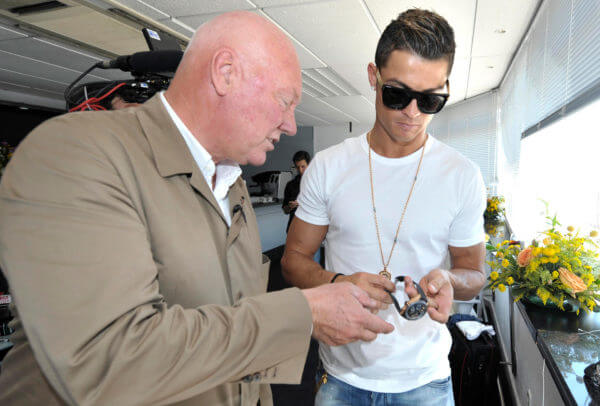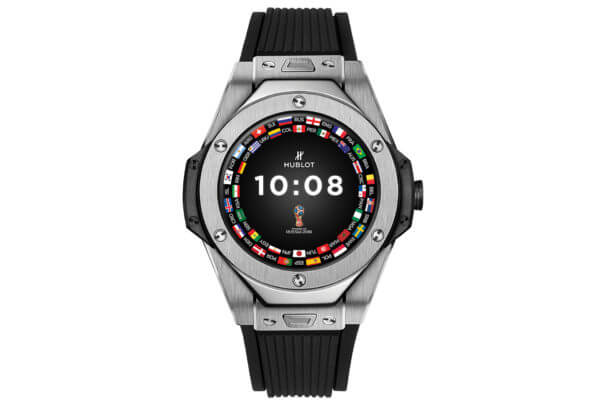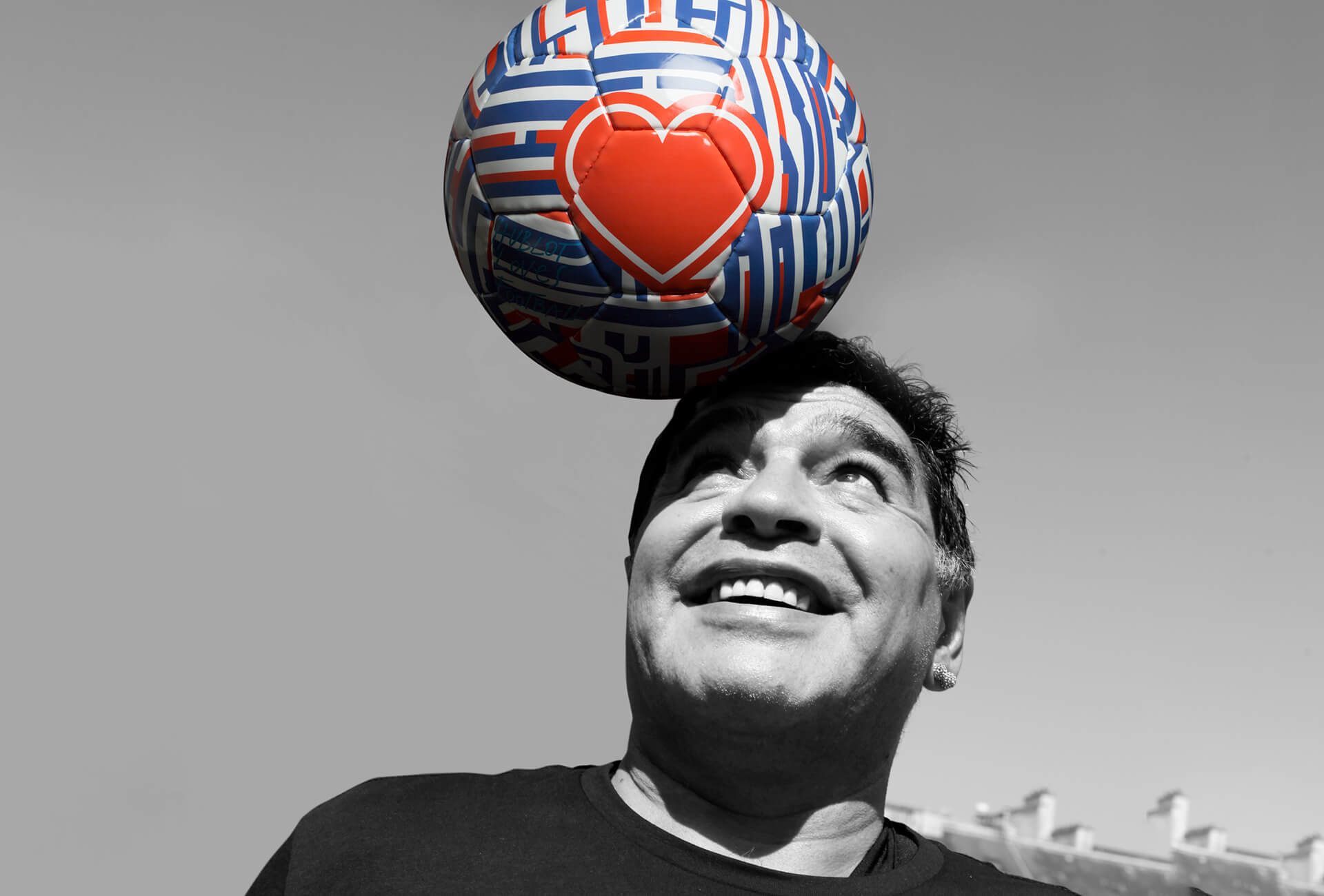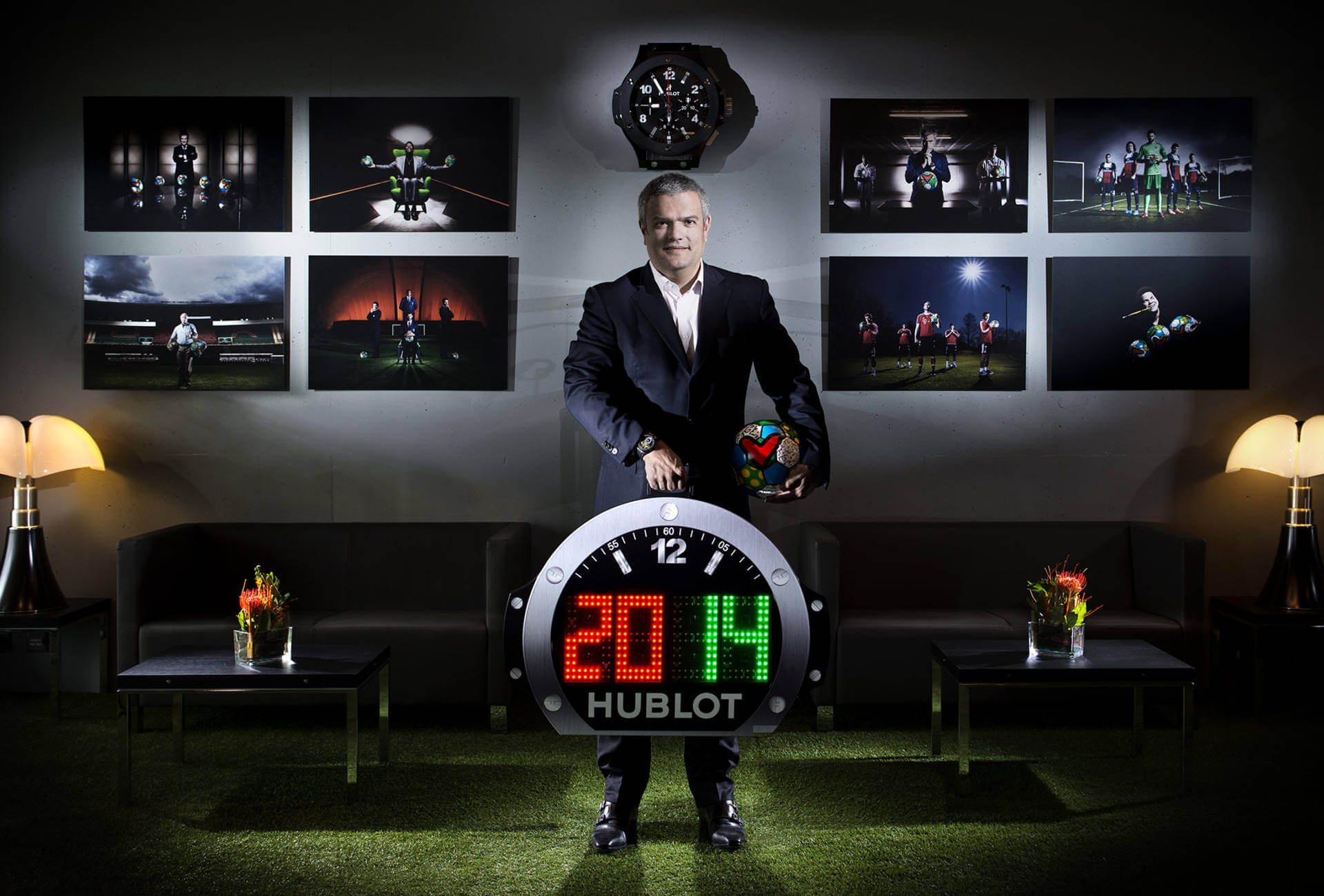As fans gear up for the FIFA World Cup, to be played in Russia from June 14th to July 15th, it’s worth taking a look at some of the head-spinning numbers behind the beautiful game. Football’s governing body reports that 3.2 billion television viewers tuned in to follow the matches four years ago (when host country Brazil suffered a crushing 7-1 semi-final defeat against Germany), with one billion people watching the final. Broadcasting rights are a huge part of the crock of gold which the World Cup represents for FIFA, the bulk of whose revenue (around 90%) comes from the four-yearly event. At €4.9 billion in 2014 in Brazil and €4.2 billion in 2010 in South Africa, this is revenue worthy of any major multinational.
As much as Sweden's GDP
Not that the World Cup is alone in attracting big money. Vast amounts are at stake in the national leagues too. The transfer in 2017 of Brazilian forward Neymar from FC Barcelona to Paris Saint-Germain (PSG) for an astounding €222 million says it all. And this record could be beaten at the next transfer season, given that Tottenham striker Harry Kane is already “worth” in excess of €200 million. According to a report by Lloyd’s Bank, clubs spent in excess of €4 billion on transfers last year. On top of what they cost to sign, the game’s major players command massive salaries too. Think Lionel Messi (€126 million) Cristiano Ronaldo (€94 million), Neymar (€81.5 million), Gareth Bale (€44 million) or Gérard Piqué (€29 million). Not forgetting the enormous budgets of the big clubs. Paris Saint-Germain, which belongs to Qatar’s sovereign wealth fund, pulled in €486 million in revenues last year. This puts it hot on the boots of richest club Manchester United (€676 million), followed by Real Madrid (€674 million), Barcelona (€648 million) and Bayern Munich (€587 million).

Granted, not all clubs have millions to play with but considering the sport’s ever-increasing popularity (China’s President Xi Jinping has made the development of football a national priority), Christian Karembeu’s declaration to Swiss news magazine Bilan that it is “the world’s third largest economy” isn’t as far-fetched as it may seem. Globally, football is a €400 billion industry – comparable to the GDP of a country such as Sweden, Belgium or Venezuela. It has its stars, with their millions of online followers, and its scandals, including corruption, match-rigging and players behaving badly. It’s a sport floating on money with its army of sponsors, including watchmakers. Or should that be “watchmaker” in the singular? In the world of football, only one group counts and that’s LVMH, with star players Hublot and TAG Heuer, and Jean-Claude Biver coaching from the sidelines.

"We have everything covered"
The Chief Executive of TAG Heuer and President of LVMH’s Watch Division gave a neat summing-up of the situation in an interview to French magazine Paris Match, following a sponsorship deal with the French league: “Football spans every generation, every social class. It’s a fabulous medium for the values we share with this sport: passion, team spirit, emotion and determination.” In another interview, this time to WorldTempus, he even declared that, between them, TAG Heuer and Hublot had the game covered. Without going into a blow-by-blow account of an adventure that began in 2004 between Hublot and the Swiss team, with TAG Heuer getting in on the action since, the two brands are indeed everywhere: alongside stars old (Pelé and Maradona) and new (Mats Hummels and Shinji Kagawa), side by side with some of the greatest coaches (José Mourinho and Marcello Lippi) or hanging out with Manchester United and Benfica. The two brands have also inked partnership deals with the major professional leagues, including in England, France, Germany and China, and snapped up the all-important job of official timekeeper for FIFA and for its European counterpart UEFA.
Since its first footballing venture 12 years ago, Hublot's sales have gone from CHF 30 million to around CHF 500 million.
This omnipresence leaves little room for anyone else. The only other watchmaker lined up for the 2018 World Cup is Carl F. Bucherer, which has kitted out the Swiss team with a Manero Flyback. Others had ventured onto the pitch before the Lucerne-based brand, such as Parmigiani with Olympique de Marseille, Ebel with Olympique Lyonnais, Wyler Genève and the Italian national squad, IWC and the German team or Maurice Lacroix with FC Barcelona; Audemars Piguet, meanwhile, appointed five-times Ballon d’Or winner Lionel Messi as one of its ambassadors. Sadly for them, not one of these partnerships succeeded in making any great impression, overshadowed by LVMH and its grip on the game. Naturally, this extends to products. Hublot’s first ever smartwatch is the Big Bang Referee 2018 FIFA World Cup Russia, the official FIFA timepiece with some suitably football-centric functions. So was Jean-Claude Biver right when he identified Planet Football not as a world of beer-swilling hooligans but a powerful means of increasing brand awareness that would go on to attract other big names in luxury? Considering that Hublot’s sales have climbed from CHF 30 million to around CHF 500 million in the twelve years since its first footballing venture, it’s easy to see why “Hublot loves football”.

















